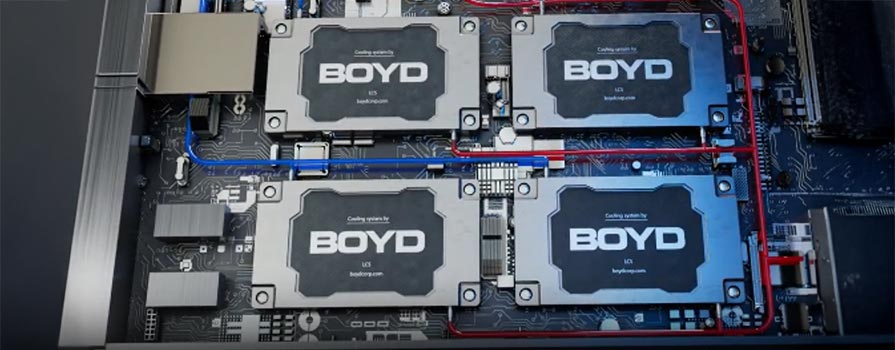Boyd offers several different display enhancements to improve visibility and user experience.
One size does not fit all when it comes to deciding on the specific display for your product. Displays often need to meet stringent visual standards that differ across industries. Boyd has several ways to enhance display performance to suit your unique user interface needs without adding weight, bulk, or increasing power demand.
Why Enhance Display Visibility and User Experience?
Visual display enhancements improve user experience, customer satisfaction, and market adoption by increasing sunlight readability, maximizing display vivacity and clarity, and optimizing power efficiency by minimizing display light leak loss.
Some of the most common types of display module enhancements to improve visibility and user experience
- AF or AS Coating: Anti-fingerprint (AF) coating and anti-smudge (AS) coating are two of the most common front surface display enhancements utilized today. These coatings protect surfaces where visibility decreases with repeated use. Applied via spray coating, these enhancements protect displays in applications where the front surface is subject to oil and contaminant deposits from repeat user touch, interaction, and operation.
- AR or AG Coating:Anti-reflective (AR) coating and anti-glare (AG) coating are frequently used in outdoor applications or those with varying light exposure. Mitigating glare and reflection is important in industries such as automotive or agricultural industries where visibility is critical, and users are subject to both natural and artificial light. Both are applied to the front surface of the display for better visibility in direct sunlight or other harsh lighting conditions. These coatings boost apparent luminance and contrast of a display by mitigating light loss via reflection or glare. Users see more vibrant images across a variety of use environments.
- Decorative Cover Lens or Glass:The front surface of a display module is the first thing a user sees, making it an ideal place for device information, instruction, and function. Decorating the cover lens or glass entails printing colored graphics, logos, or other notes directly onto the rear surface of the lens or glass. These markings can be designed to highlight specific areas of the display, enhance display aesthetics, indicate warnings, or promote brands, combining both form and function. This process is versatile, making it suitable for a wide range of applications.
- Enhancing the Backlight Assembly:Many display modules include a small strip of light emitting diodes (LEDs) that surround the LCD to illuminate the display. These LEDs are typically housed in a thin metal railing called a light rail, which has a variety of enhancement options. LEDs can be replaced by brighter or dimmer LEDs depending on visibility requirements. Alternatively, Boyd can install a dual-mode light rail, which alternates the LED types to include multiple lighting forms along the same light rail. Brightness enhancement films improve the viewing angle of the display and recycle light generated by the backlighting toward the user, improving vivacity, visibility, and backlight efficiency.Many display modules include a small strip of light emitting diodes.
- Reflector Films: Reflector films are integrated into displays to improve efficiency and brightness by reducing waste light directed to the sides or back of the display. Reflector films reflect light through the display, concentrating all generated display module light toward the viewer. More light reaching the user maximizes energy efficiency, vivacity, and color trueness.
- Optically Clear Adhesives: Bond display module components together and minimize refractive loss with refractive index matched optically clear adhesives (OCAs). The optically clear adhesive provides a consistently thin bond across the display with maximum optimal clarity. OCAs are optimized to match the refractive index of display module components, maximizing light transition to the user for better display contrast, vibrancy, and vivacity.
Different visual and user experience display enhancements can be mixed and matched depending on product’s visual and performance requirements. In our next blog, we take a look at different enhancements for ruggedizing and protecting your display.






